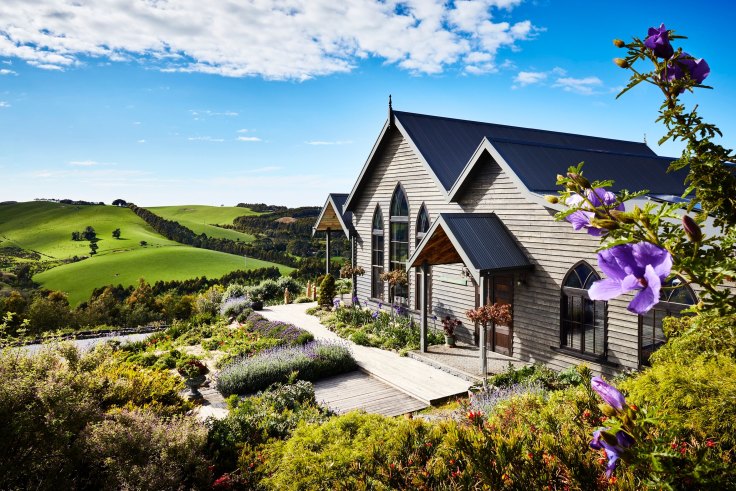Last Surviving Nomads' Unbelievable Stories
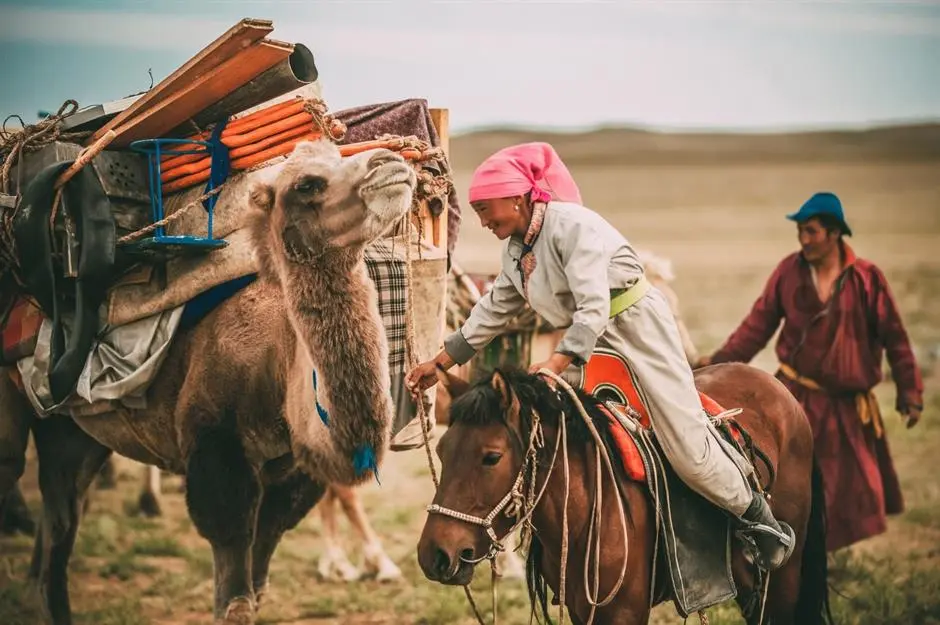
Pokot Tribe, East Africa
Pokot is only one of many amazing indigenous tribes that inhabit the continent of Africa. The semi-nomadic Pokot people have preserved their distinctive customs since the late 18th century and are located in various sections of Kenya and Uganda. Pokot households raise cattle or crops, although cows are very important to the community. Actually, a person's rank and level of wealth are based on how many cows they possess.
The Pokot way of life also includes feasts and dances, as well as vibrant rituals that honor social changes and promote spiritual balance and health within the tribe. Ornate headpieces and jewelry are additional ways that one might display their personal development. The Pokot people still follow many of their ancient customs, although they have also been impacted by contemporary society. In Kenya, new social, economic, and educational exchanges occurred in 1983 as a new tarmac road was completed through the district.
Nenets, Siberia
Imagine living in a climate where temperatures can drop to as low as -50°C (-58°F) during the day. In quest of grazing sites, the Nenets have been traveling over incredible landscapes for thousands of years. However, the discovery of oil and the current climate catastrophe have put their way of life in jeopardy.
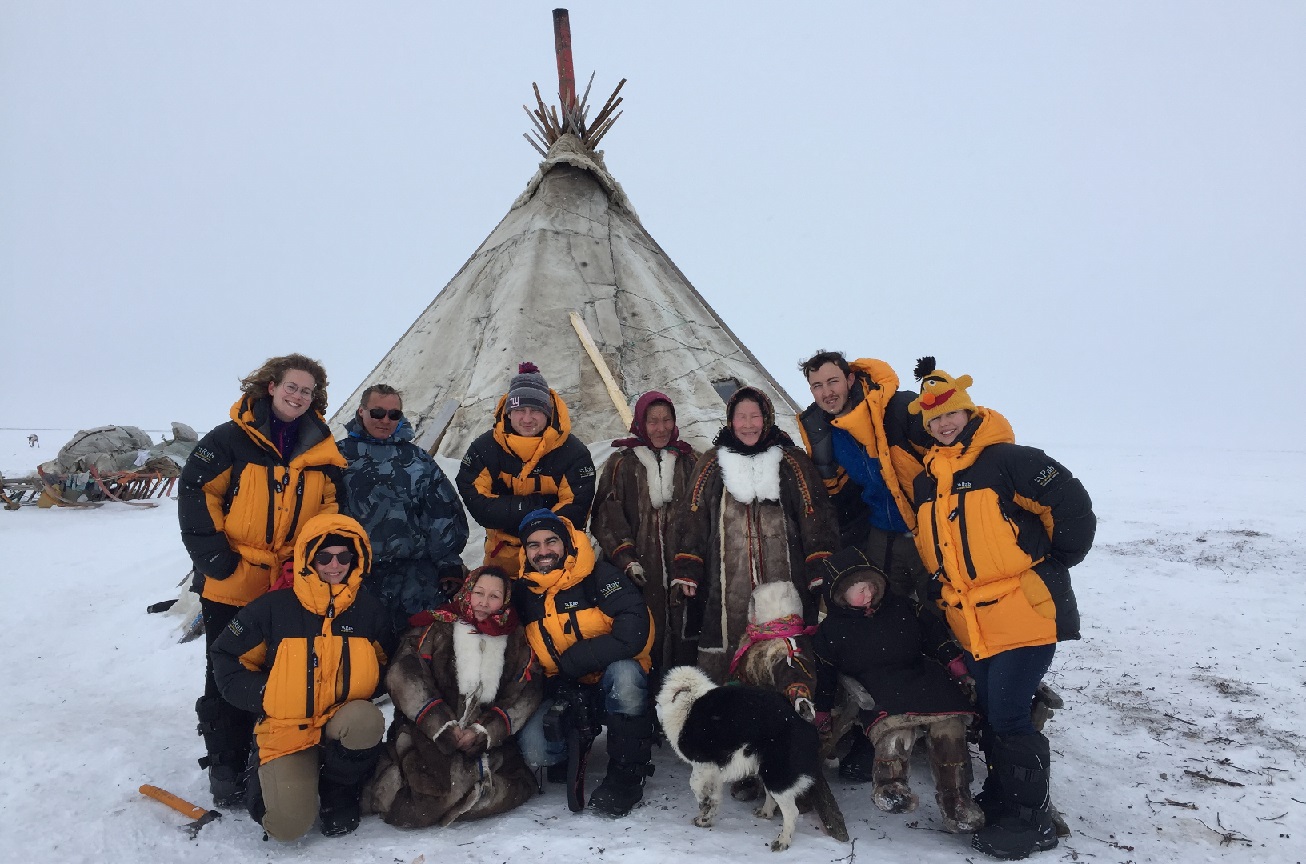
These indigenous people, who are from Siberia, herd reindeer and mostly depend on these magnificent creatures for clothing, food, and revenue. The Nenets migrate annually with their herds from the northern plains to the pastures south of the Arctic Circle, a distance of 800-miles (1,287-kilometers) round trip. This tribe's yearly trek takes them over the fifth-largest river in the world, and as the polar tundra becomes more variable due to global warming, they may soon need to consider changing their nomadic way of life.
Bajau 'sea nomads', Southeast Asia
Remarkably, recent studies suggest that the Bajau's extended diving capabilities may be attributed to a genetic abnormality that has resulted in enlarged spleens for the tribe. The mode of life of the sea nomads has not changed, despite their declining population. Unfortunately, they still lack citizenship, are not recognized by any state, and are not allowed to dwell on property. Additionally, the industrial fishing industry is endangering their self-sufficient way of life.
Romani, Eastern Europe
Regretfully, there are other nomadic groups besides the Bajau that have experienced tyranny inside their own nations. The Romani are among the most misunderstood and stereotyped groups. The term "Gypsies," which is sometimes used disparagingly, is used to describe Romani people who reside in regions of Europe such as Romania, Bulgaria, Wales. Romani, who should not be confused with Irish Travelers, are one of the largest ethnic communities in Europe and are well-known for their flamenco-style clothing and musical traditions.
It is believed that the Roma, also known as Romani people, immigrated to Europe from India around 1,500 years ago and, as a result of ethnic persecution, became nomads out of need. Many Romani turned to professions like cattle selling and fortune telling in order to make a living while they were continuously on the road. While some nomadic communities still travel with wagons and horses today, others have relocated to permanent residences or RVs to avoid ongoing persecution.
Bedouin, Middle East
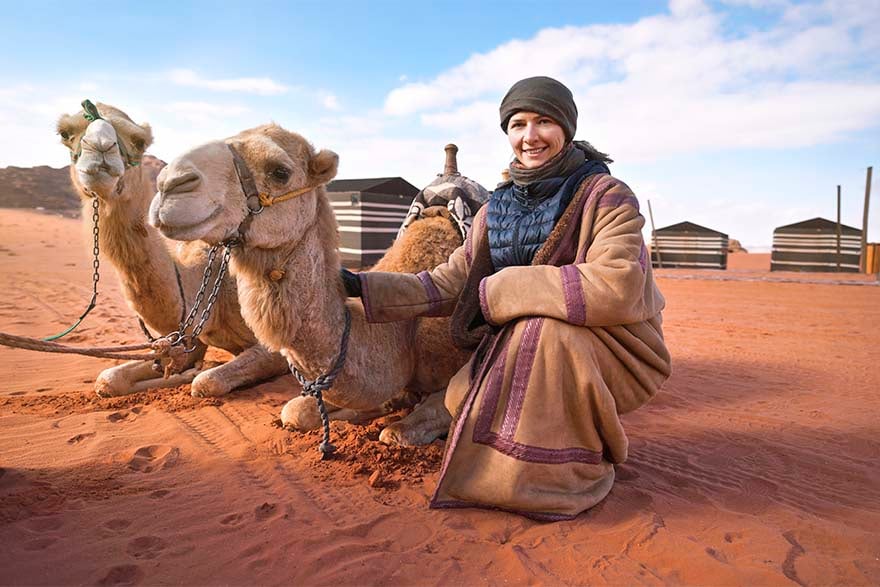
The Bedouin are a nomadic population that also faces daily difficulties. These harsh Middle Eastern desert inhabitants, who are pastoralists, live in Egypt, Israel, Syria, and Jordan, among other nations. The Bedouin must rank among the world's toughest nomadic tribes due to their constant heat and apparently never-ending travels. Bedouin people, who historically have herded animals, usually go into the desert during the rainy season and return to fertile land during the summer's dry spell.
However, the Bedouin people have experienced instability due to contemporary living, much like many other nomadic communities. The governments of the Middle East imposed travel restrictions and settlement initiatives in the late 20th century, adding to the difficulty of leading a nomadic lifestyle. While some Bedouin people still live their traditional lives, others have made settlements. However, some of the surviving nomadic communities have accepted modernity and are now transporting things on motorbikes rather than camels.
Read Also: Worlds Oldest Cities And Their Newest Residents
Mongolian Nomads, Mongolia
Mongolia is a very fascinating nation with a panorama of picturesque plateaus, desolate deserts, and mountain ranges covered with forests. Additionally, for millennia, the nomadic lifestyle has been a way of life in this region. With a population of about three million, one million of whom are nomads, the East Asian nation borders both China and Russia. Mongolian nomads relocate twice a year, in the spring and winter, with their enormous herds of animals, setting up yurts, known as gears in the local vernacular, in wide-open spaces.

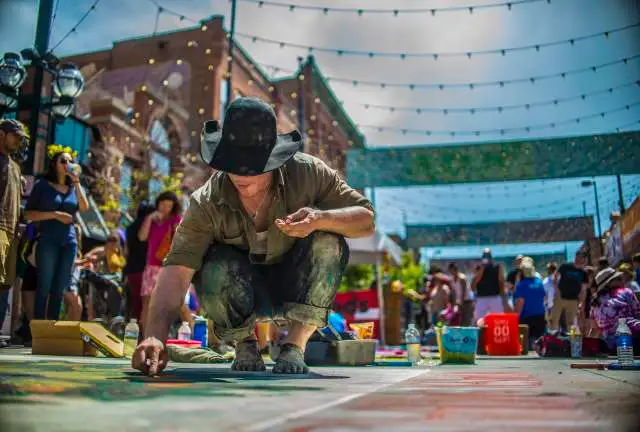
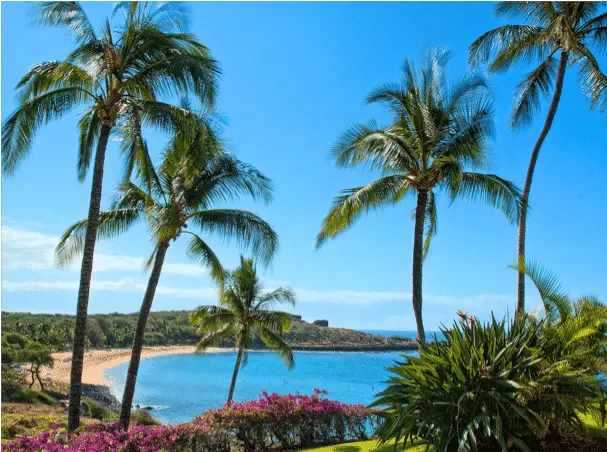

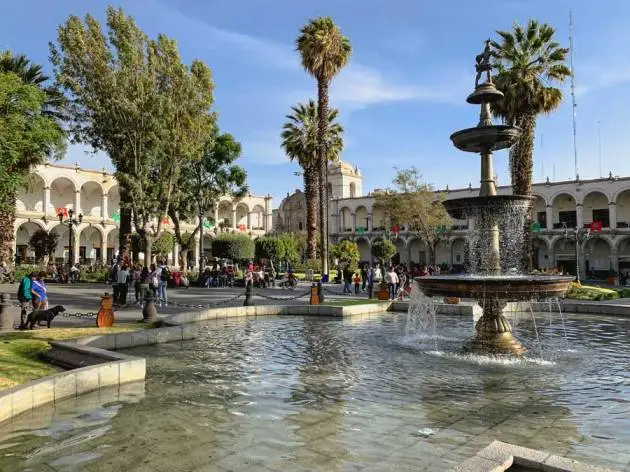

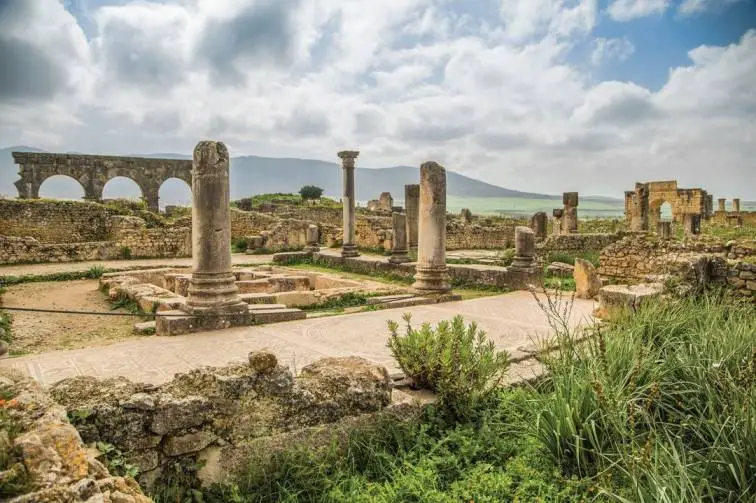
/cdn.vox-cdn.com/uploads/chorus_image/image/71748567/Eater_OTT_SexyFish1.0.jpg)


